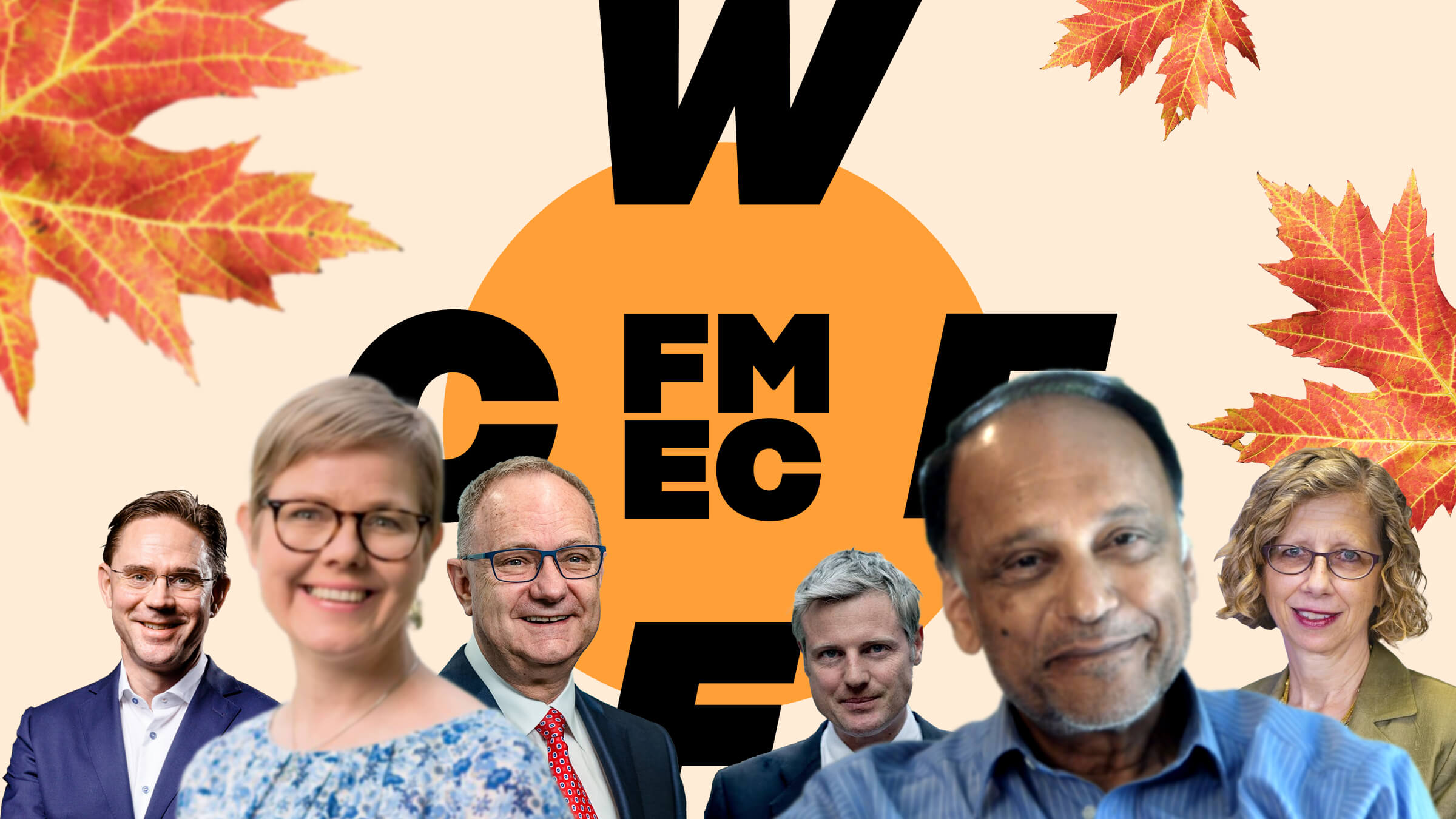We are living through Earth’s sixth mass extinction event. Called the Holocene or Anthropocene extinction, this kill off is due to human activity. The current rate of global biodiversity loss is estimated to be 100-1000 times higher than naturally occurring loss. The Intergovernmental Science Policy Platform on Biodiversity and Ecosystem Services (IPBES) estimates one million species are threatened with extinction.
The second day of WCEF2021 in Toronto, Canada, included practical solutions to solving the environmental crisis. Participants showed that circularity can do more than reduce waste or help fight climate change. Circularity can help stop Earth’s sixth mass extinction.
Fighting the triple planetary crisis
Biodiversity is necessary for life to continue on Earth, including human life, because we are not isolated from the world’s ecosystems. Inger Andersen, Executive Director of the United Nations Environment Programme, considers biodiversity loss as one leg of the “triple planetary crisis”.
“It is a mistake to view the climate change, biodiversity loss and pollution crises as separate. They are interlinked,” Andersen said.
This view was reinforced by others at WCEF 2021, such as Rt Hon Lord Zac Goldsmith, minister for Pacific and the environment for the UK and representing the COP26 secretariat. The UK will be the host for the COP26 event when it kicks off this autumn.
“There is no credible pathway to keeping climate change to 1.5 degrees without conserving nature,” Goldsmith said. “The problem is that nature-based solutions are not recognised and only receive three per cent of environmental financing. The UK will do everything we can to put nature at the heart of COP26.”
Circular solutions can mitigate biodiversity loss
The IPBES report says the main reasons for biodiversity loss are changes in land and sea use, direct exploitation of animals, climate change, pollution and invasive species. Jyrki Katainen, president of Sitra, brought attention to changes in land use which cause habitat loss.
“Ninety per cent of biodiversity loss is due to the extraction and processing of materials,” Katainen explained.
Circular solutions can either directly or indirectly impact all of these causes cited by the IPBES. If we reuse materials, we don’t need to destroy precious habitat for new raw materials. It can give us more sustainable production of goods and services while simultaneously reducing waste and pollution. Local circular solutions which replace long-distance supply chains can even reduce the risk of invasive species hitching a ride on transport.
“To build a carbon-neutral world we need raw materials,” said Krista Mikkonen, Finland’s minister of the environment and climate change. “At the same time, companies are starting to ask if using virgin raw materials is sustainable. More and more companies are finding that a circular economy provides future answers.”
Mark Cutifani, the CEO of Anglo American brought the perspective of a global mining company to the discussion. He described the ongoing mind shift from the traditional business operations in the extractive industry to rethinking value chains and aiming to have a positive environmental footprint.
The International Resource Panel says food is the main sector driving biodiversity loss, particularly due to our consumption of meat. However, food is also one industry which we can have a major impact by improving circularity. The UN Environment Programme estimates one-third of food produced for human consumption is wasted. Cutting food waste and moving to a more plant-based diet would have enormous positive effects.
What is the value of a mangrove forest?
It takes resources to implement solutions, but it is important to not view the transition to circularity as only an additional cost. During his speech Katainen stressed the importance of harnessing the power of markets.
“We need to make sure financial success goes with respecting nature. The circular economy needs to be economically viable,” Katainen said. “We can use market mechanisms to maintain natural capital.”
Our current economic system basically puts no value on biodiversity, but this is changing. Professor Sir Partha Dasgupta has done pioneering work on the economic value of flora and fauna. He is professor of economics at the University of Cambridge and author of the influential Economics of Biodiversity review for the UK Treasury. Dasgupta points out that we need to properly value nature and put a monetary value on it.
“Ecosystems like mangroves and grasslands are capital assets. They supply goods and services to us and allow us to survive,” Dasgupta says. “On a local level, we need to pay for ecosystem services. On a global level we need a new international organisation that manages global commons like oceans. It would charge us for our use of them.”
To learn more about how the circular economy can mitigate the triple planetary threat of climate change, biodiversity loss and pollution, please visit WCEF2021.
On 15 September WCEF2021 is dedicated to accelerator sessions touching everything from textiles to trade and from biofuels to mining. See a full list of events here.



















Recommended
Have some more.